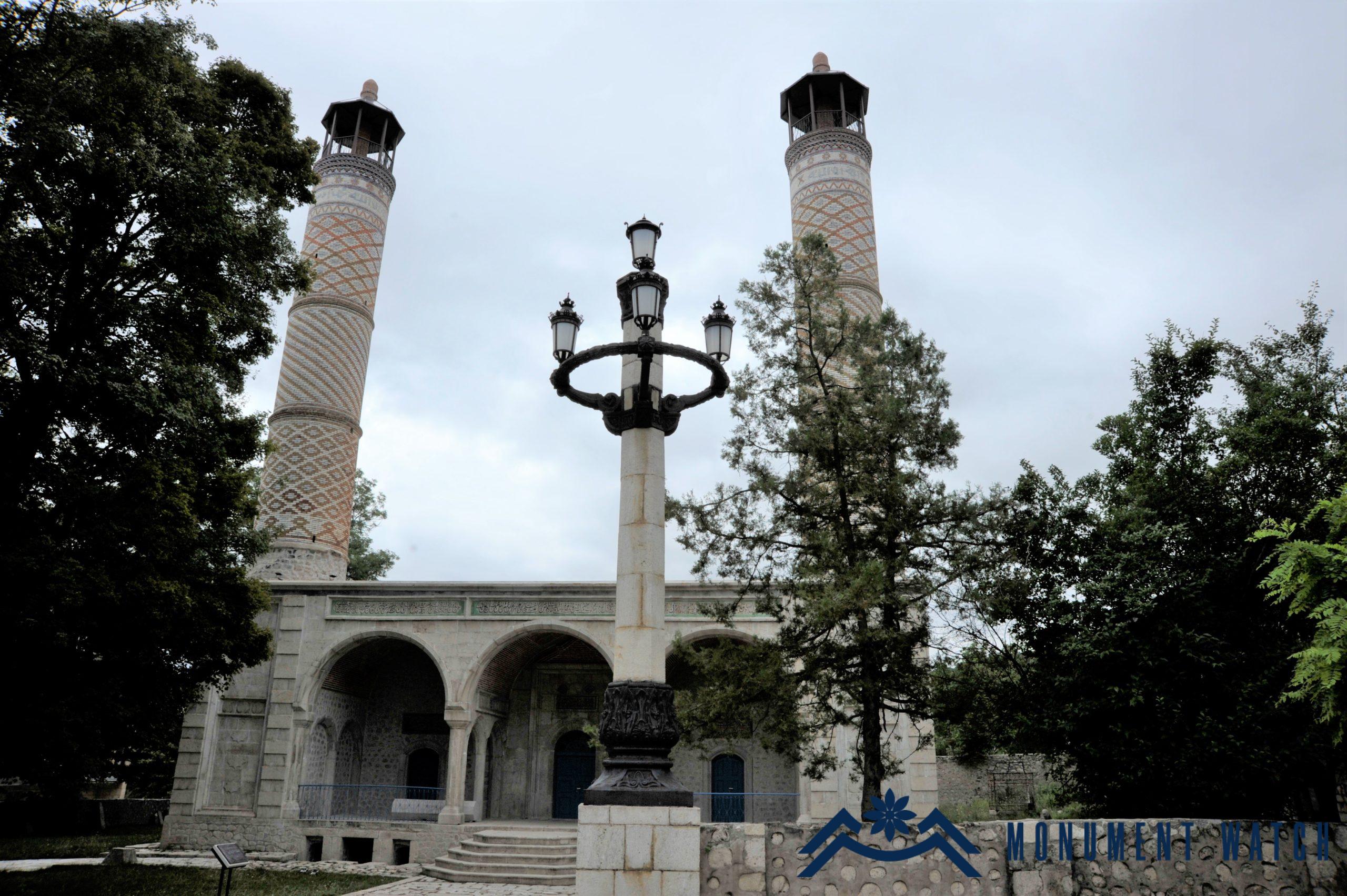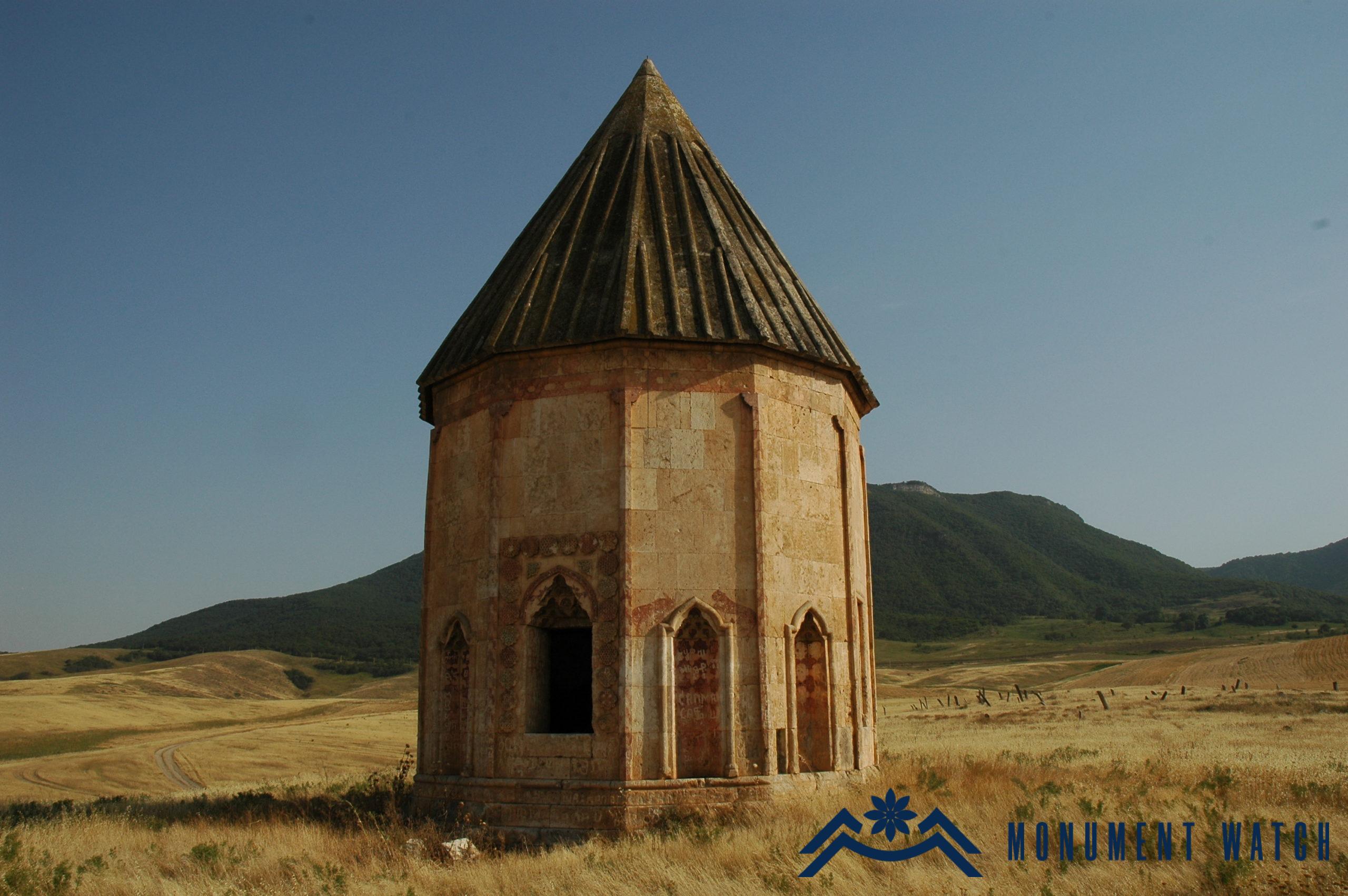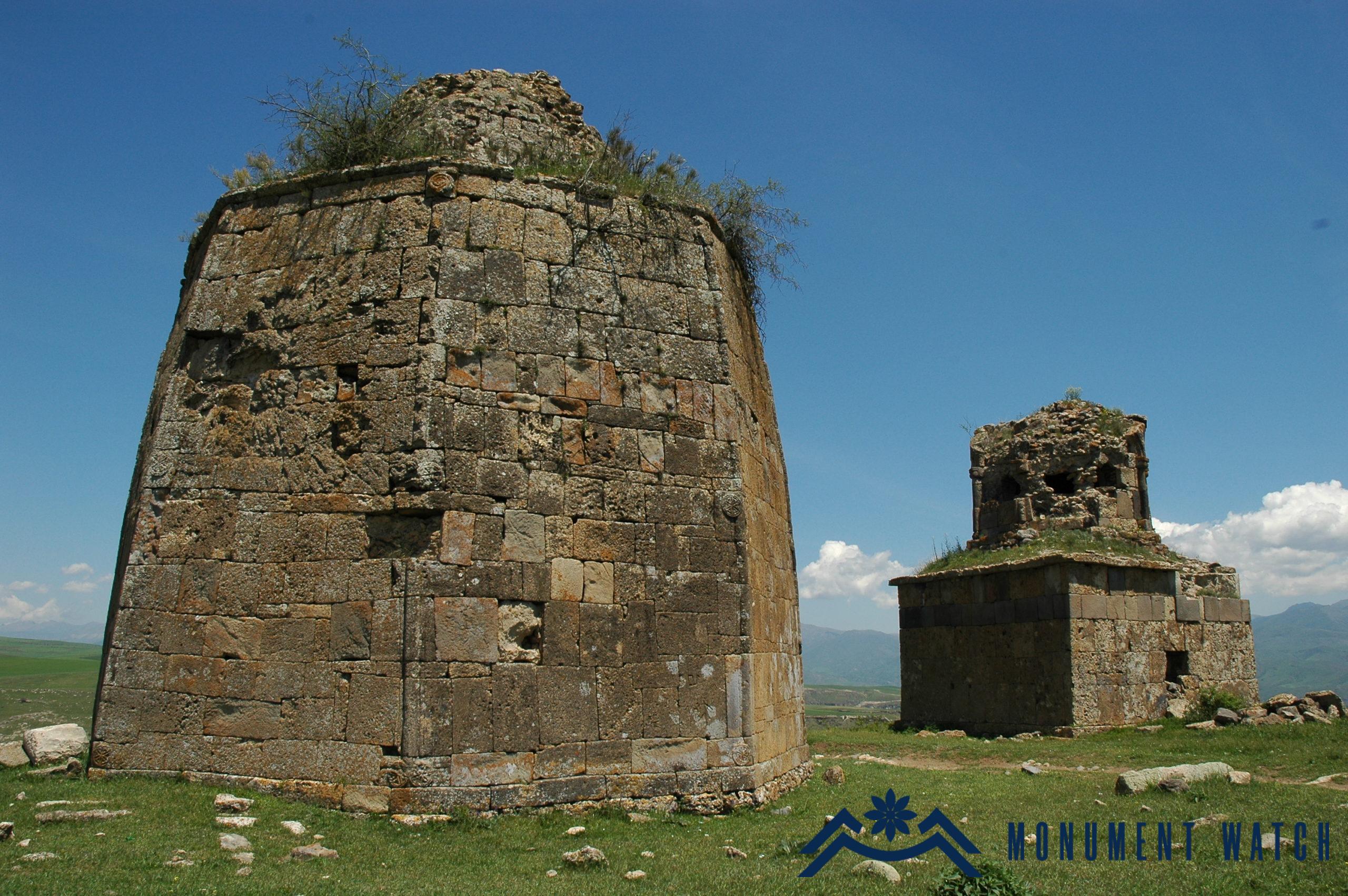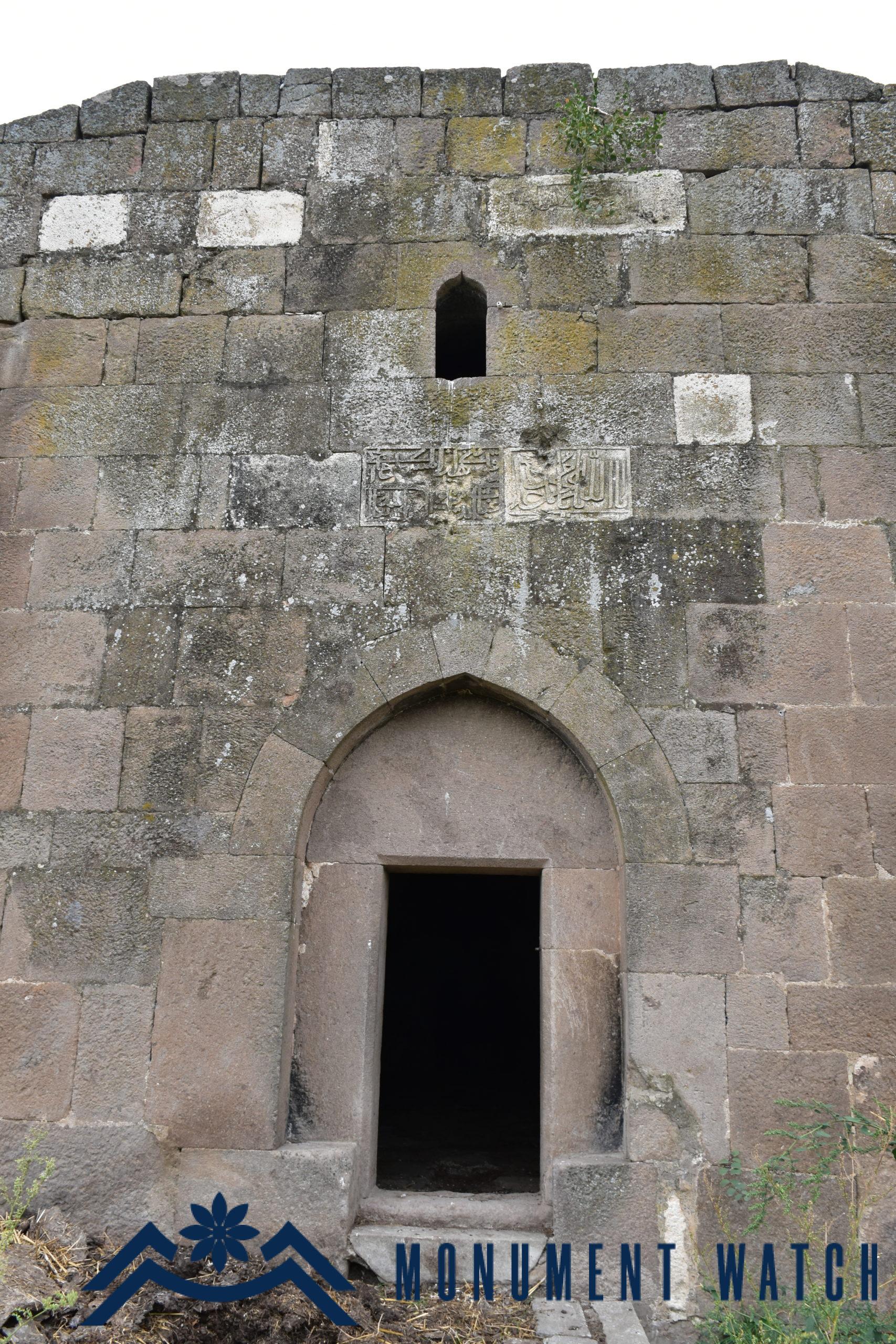On the resolution adopted by the Organization of Islamic Cooperation (OIC) on the cultural heritage of Artsakh
On March 22, 2022, the 48th meeting of the Council of Foreign Ministers of the Organization of Islamic Cooperation took place in the capital of Pakistan, Islamabad. A number of issues related to the Islamic world were discussed.
According to the official statement made by the Ministry of the Foreign Affairs, the Azerbaijani delegation was represented by Elnur Mammadov, the Deputy Minister of Foreign Affairs. During the meeting, four resolutions related to Azerbaijan were adopted, one of which is entitled "Destruction of cultural and historical monuments related to Islamic culture as a result of Armenia's aggression in the territory of Azerbaijan."
In the adopted resolution, the member states of the organization condemn the destruction of the Islamic cultural and historical heritage caused by Armenia in the territory of Azerbaijan, its illegal transfer, embezzlement, as well as the manifestation of vandalism, desecration of mosques and sanctuaries in the liberated territories.
Our response
After the end of the 44-day war in 2020, the Republic of Azerbaijan launched a rather aggressive propaganda war through official and unofficial channels, one of the main theses of which is that the Armenian side allegedly purposefully destroyed and damaged Muslim monuments in Artsakh. In this context, the Azerbaijani side first of all speaks about mosques, noting that the Armenian side allegedly completely destroyed 64 out of 67 mosques in the territory of Karabakh.
The data on the number of mosques provided by official Azerbaijan is bewildering, since it is obvious that their number is deliberately overestimated and absolutely does not correspond to the number officially approved by the Azerbaijanis in the Soviet period. This trend can be traced through a simple comparison of the quantitative data on mosques provided in the pre-Soviet and Soviet times, before and after the war of 2020. The Azerbaijani side speaks of mosques even in Lachin and Kelbajar regions, where none of the mosque or shrine has ever been recorded.
Before the war in 2020, Muslim monuments - mosques, tombs, various other buildings that exist on the territory of the Republic of Artsakh were preserved by the state, restored if possible. Thus, the fortress of Panah Khan was repaired with public financing, the building of the mosque in Shahbulag was straightened, archaeological excavations were carried out in the pool in front of the mosque, the building of the Saatli mosque in Shushi was repaired with private financing, and the Upper Mosque of the same city (Fig. 1) was repaired due to the charitable programs of "Initiatives for Development of Armenia" (IDeA) and "Revival of the Eastern Historical Heritage" foundations.
The entrance to the mosque in the city of Aghdam was closed in order to prevent animals from entering. The Muslim mosques of Khachen (Fig. 2), Vanotsa (Fig. 3), the Gharghabazar's caravanserai with its mosque (Fig. 4) and their surroundings have been renovated several times by the efforts of the Ministry of Education, Science, Culture and Sports. The Muslim monuments in the territory of Artsakh have been registered, photographed, verified both by the specialists from the Ministry of Education, Science, Culture, and Sports of Republic of Artsakh and by a large number of Armenian specialists who worked in Artsakh in different years, especially by the Artsakh Archaeological Expedition. The condition of the monuments and the existing problems has been taken into account.
It should be noted that all the work was carried out under the auspices of the state bodies and science of Artsakh, since these monuments have always been considered part of the cultural heritage of Artsakh. In some Muslim monuments, the connection with Armenian culture is also obvious, which was proved by Azerbaijani specialists in the Soviet period. The best examples of this are the tombs of Khachen, Vanotsa and other monuments. In this regard, a booklet dedicated to the Muslim monuments of Artsakh was published in 2010.
Many of the Muslim monuments in the territory of Artsakh were well preserved and all damage which was mainly associated with the hostilities of 1991-1994 has been recorded. The damage caused to a number of monuments as a result of the illegal activities of locals, and the use of some monuments for economic purposes, was revealed. Before the war, many attempts were made to prevent such incidents. These issues have never been hidden by the public authorities of Artsakh.
Considering Muslim monuments of Artsakh as equally important, the team of “Monitoring of the Cultural Heritage” launched a project to study and present the Muslim monuments of Artsakh (see: Gharghabazar, caravanserai and mosque – Monument Watch).
It should be noted that the Azerbaijani side, often demonstrating damaged monuments, forgets to emphasize that many of them were damaged during the First Artsakh War, when such territories as Fizuli, Jabrayil and others were the scenes of intense hostilities. It should also be added that many Muslim monuments were in a state of disrepair during the Soviet period.



